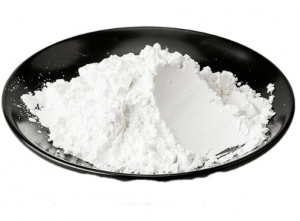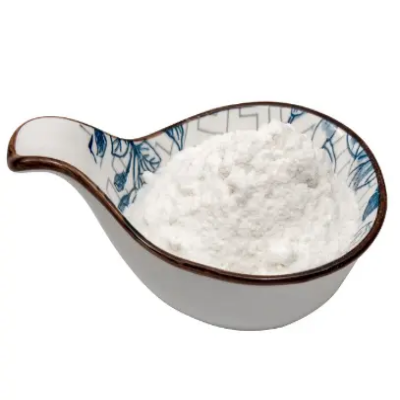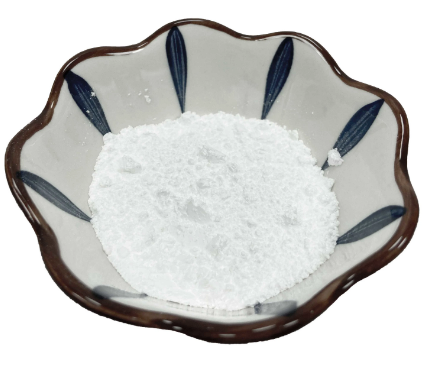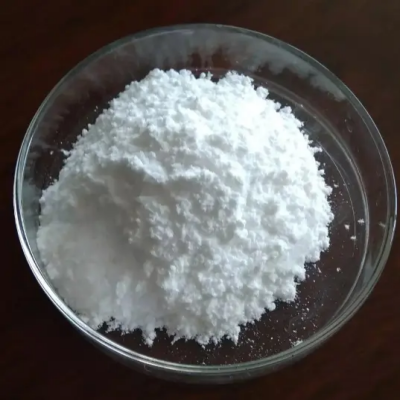Streptavidin from Streptomyces avidinii CAS:9013-20-1
Binding affinity: Streptavidin has a very high affinity for biotin, making it an excellent tool for capturing and detecting biotinylated molecules.
Protein purification: Streptavidin is often used as a purification tool in biotechnology. Biotinylated tags or molecules can be attached to streptavidin beads, allowing for the isolation and purification of specific proteins from complex mixtures.
Detection assays: Streptavidin is commonly used in immunoassays, such as enzyme-linked immunosorbent assays (ELISA), where it can bind biotinylated detection antibodies or antigens. This allows for the sensitive and specific detection of various proteins or biomarkers.
Targeted drug delivery: Streptavidin can be utilized in drug delivery systems by conjugating it with therapeutic agents or nanoparticles. Biotinylated targeting molecules can then be attached to streptavidin, facilitating targeted delivery to specific cells or tissues.
Molecular biology techniques: Streptavidin is utilized in various molecular biology techniques, such as nucleic acid hybridization assays and polymerase chain reaction (PCR). Biotinylated probes or primers can be used to detect or amplify specific nucleic acids, and streptavidin is then employed to visualize or capture the biotinylated products.
Imaging: Streptavidin is often used as a tool in fluorescence microscopy and imaging techniques. By conjugating fluorescent dyes with streptavidin, specific targets can be labeled and visualized with high sensitivity and resolution.
Diagnostics: Streptavidin-based assays are widely used in clinical diagnostics for the detection of diseases or pathogens. Biotinylated probes can detect specific nucleic acids or antigens, enabling the diagnosis and monitoring of various conditions.
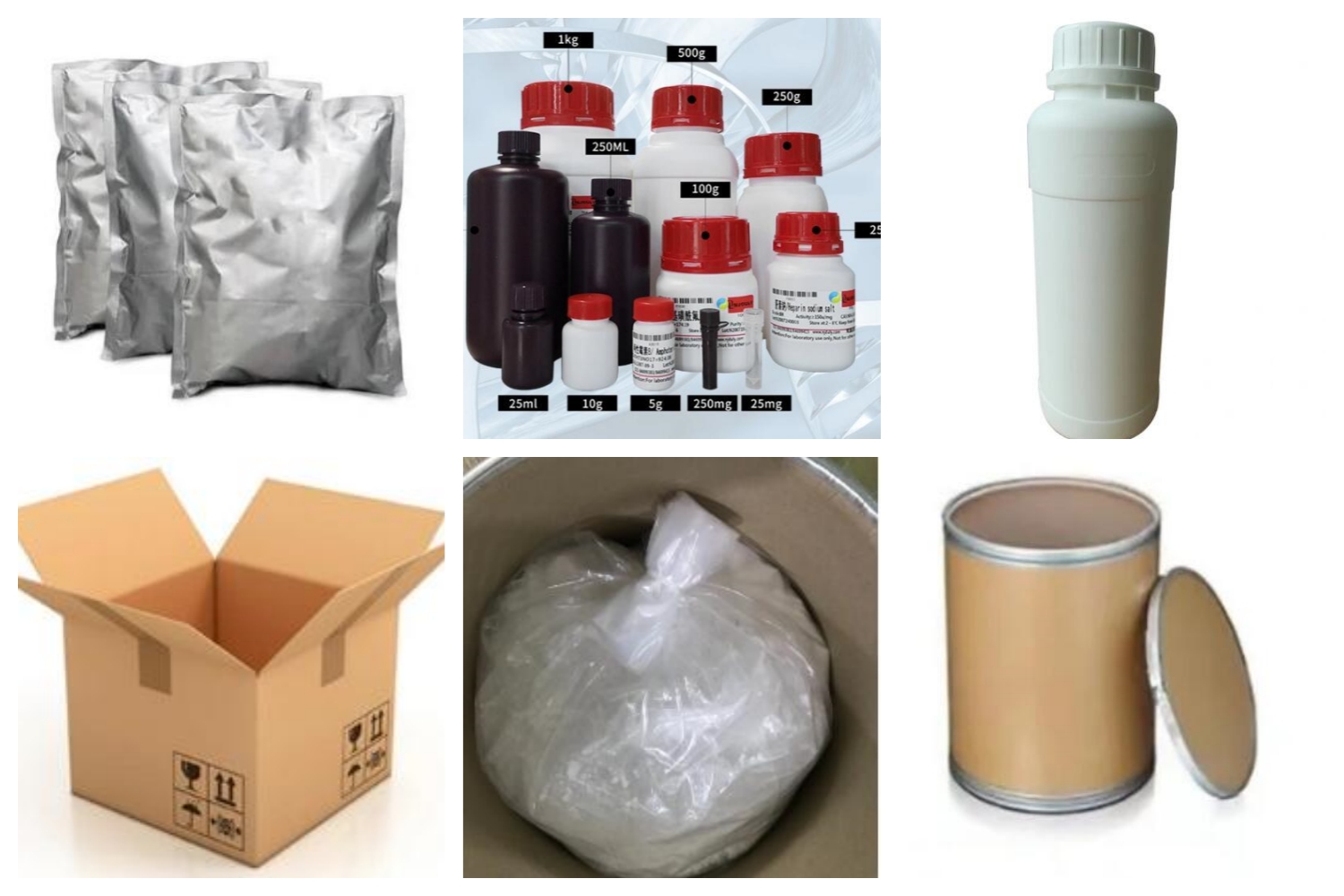
| Composition | C14H17BrClNO2S |
| Assay | 99% |
| Appearance | White powder |
| CAS No. | 9013-20-1 |
| Packing | Small and bulk |
| Shelf Life | 2 years |
| Storage | Store in cool and dry area |
| Certification | ISO. |



